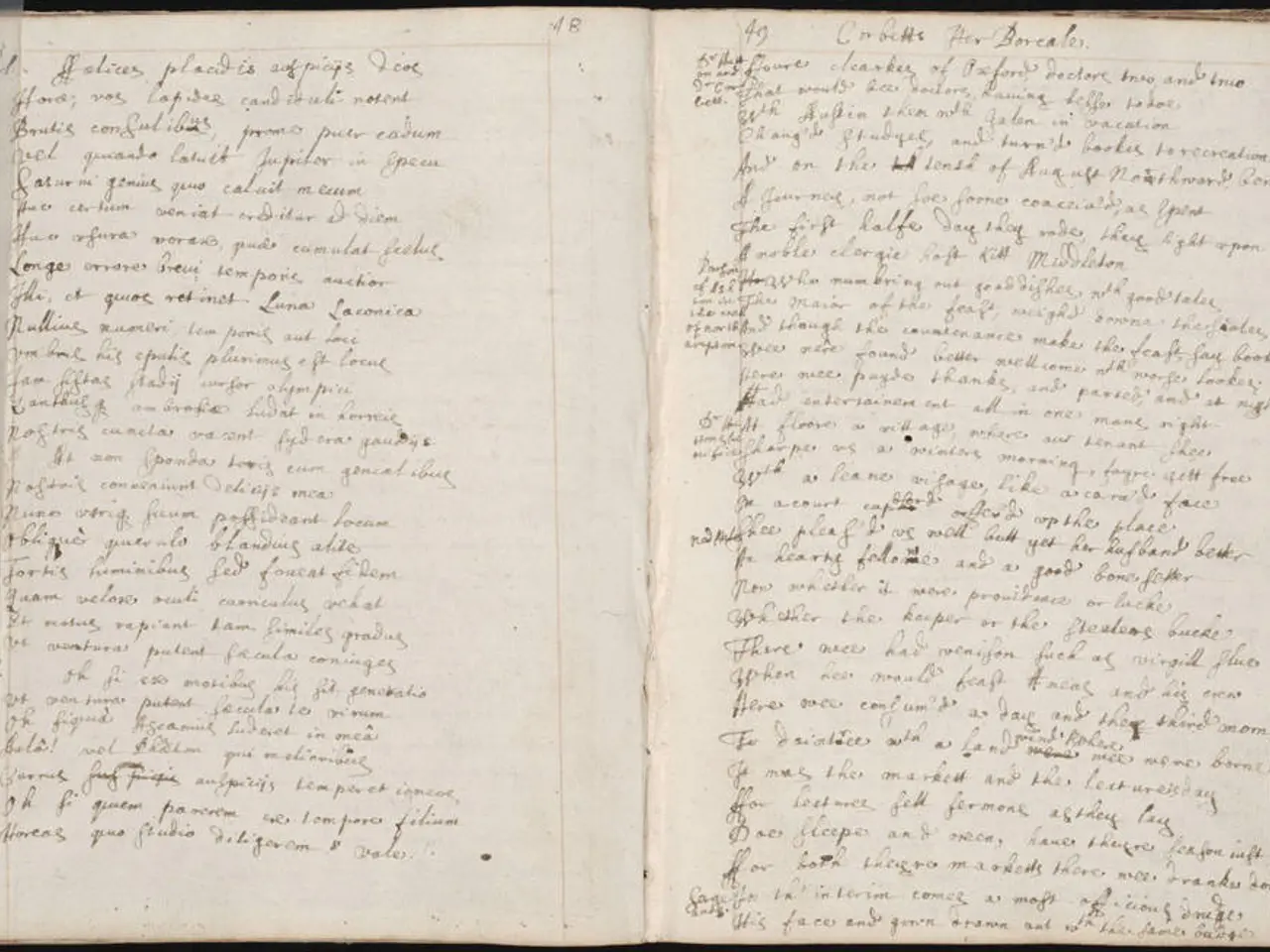Crafting Intricatelandscapes for a Writer: Challenges and Solutions
In the realm of fantasy novel writing, one of the first challenges is deciding the extent of a new world that needs to be created. This is where the art of World Building comes into play, a process that can be as fascinating as the stories themselves.
Authors often find that the more questions they ask and answer, the better their understanding of the world becomes. This process is akin to exploring an unknown territory, uncovering its mysteries, and crafting a vivid, believable landscape.
There are various approaches to World Building. Some authors choose to use an existing world and add magic, creating a parallel universe or employing a down-the-rabbit-hole technique. J.K. Rowling, for instance, used this method in the Harry Potter series, adding magic to our known world to keep it hidden from Muggles.
When constructing characters, it's essential to give them weaknesses to make the story more engaging. After all, no hero is perfect, and their struggles make for compelling narratives.
World Building in a fantasy novel can be complex, requiring consideration of various disciplines such as biology, chemistry, physics, astronomy, geography, geology, economics, psychology, sociology, political science, linguistics, jurisprudence, and history. It's important to keep the biology of the creatures simple and carbon-based, avoiding utterly alien life forms to maintain a sense of familiarity.
Geography plays a crucial role in a fantasy world, affecting agriculture, economy, and the development of cities. Cities in a fantasy world work best in lower altitudes, on plains, and near water, providing the necessary resources for growth and trade.
To avoid jarring inconsistencies and becoming overwhelmed by details, it's beneficial to focus on one character and gradually expand to the overall society. This approach allows the author to build a detailed and cohesive world, one step at a time.
Doug Lewars, the author of this guest post, is a seasoned writer who enjoys reading, fishing, and sweets of all sorts. He has published thirteen books on Smashwords.com, with a focus on World Building in the Fantasy genre. In his writing, he often starts with the main character and gradually expands to the overall society, a method he finds effective in creating immersive and believable worlds.
In conclusion, World Building in a fantasy novel is a complex yet rewarding process. With careful planning, consideration of various disciplines, and a keen eye for detail, authors can create captivating worlds that transport readers to realms beyond their wildest imaginations.
Read also:
- Peptide YY (PYY): Exploring its Role in Appetite Suppression, Intestinal Health, and Cognitive Links
- Toddler Health: Rotavirus Signs, Origins, and Potential Complications
- Digestive issues and heart discomfort: Root causes and associated health conditions
- House Infernos: Deadly Hazards Surpassing the Flames




